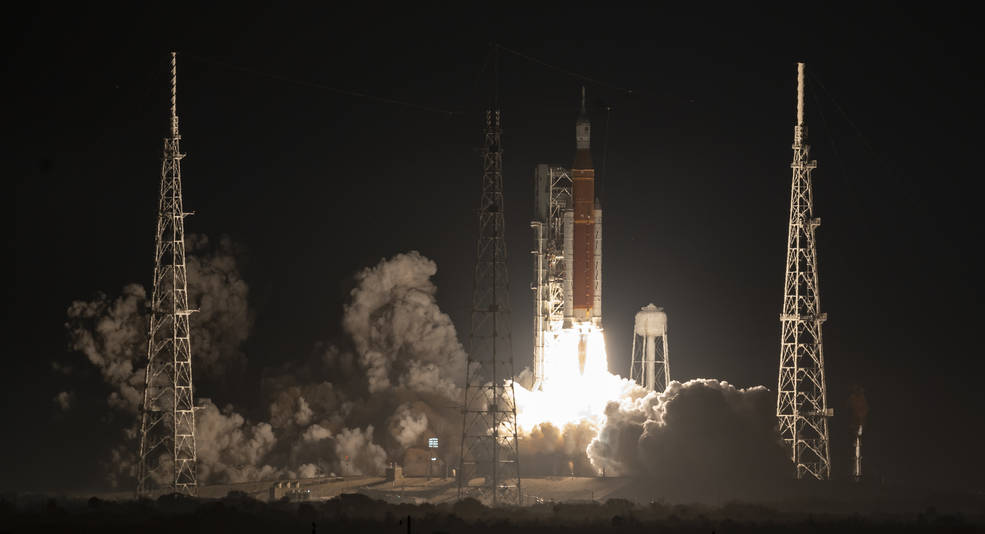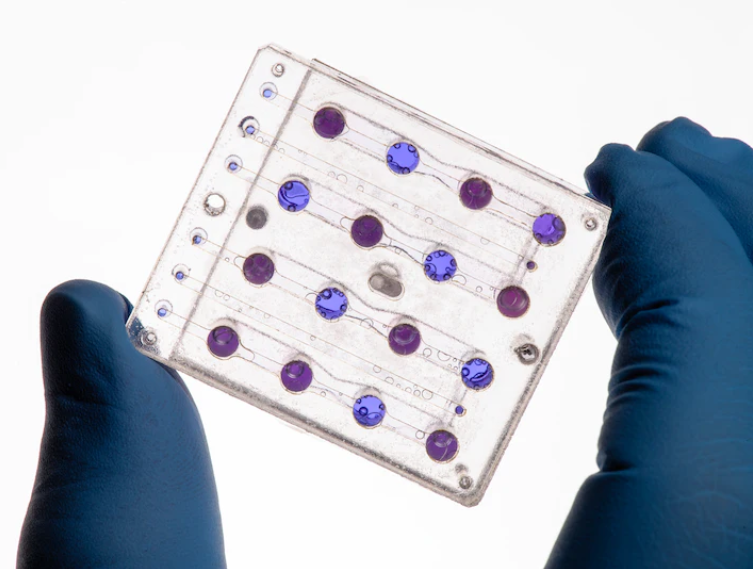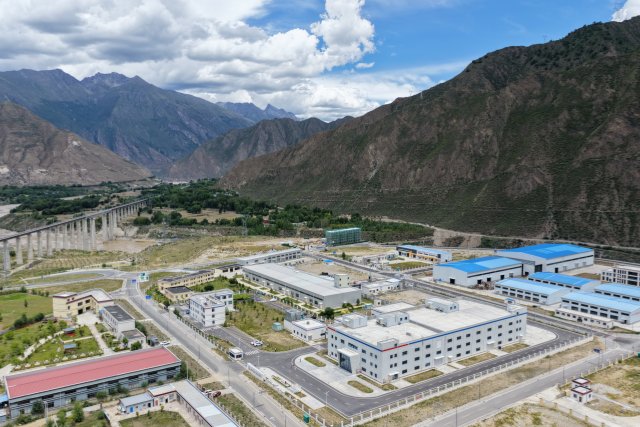-
Home > News & Events > News > Company
Nov. 16, 2022, NASA's Space Launch System rocket carrying the Orion spacecraft launches on the Artemis I flight test, from Launch Complex 39B at NASA's Kennedy Space Center in Florida, sending thousands of yeast samples into space. It will travel approximately 40,000 miles beyond the Moon and return to Earth over the course of 25.5 days, carrying out experimental studies of the effects of cosmic radiation on yeast, to achieve another major human exploration of deep space. This is yeast's first trip to deep space, a living organism going farther into space than ever before.

Credits: NASA/Bill Ingalls
The yeast genome is so similar to the human's that NASA believes that brewer's yeast is an excellent stand-in for human cells in space experiments because the yeast repairs DNA damage (one of the consequences of radiation damage) in a way that is similar to the way human cells heal. Radiation from deep space poses a potentially fatal risk to humans, so research into the hazards of cosmic radiation and finding solutions is one of the essential steps in the implementation of human space travel. The yeast lift-off experiment can test the limits of human survival in space, while contributing to breakthroughs in research related to human cancer treatment and astronaut protection from radiation hazards.

NASA’s BioSentinel – a shoebox-sized CubeSat – is travelling far from Earth. But that also means it’s closer than ever to being the first long-duration biology experiment in deep space. BioSentinel’s mission operations team successfully acquired signal from the spacecraft shortly after launch on Nov. 16, 2022 and it is currently operating as expected. Credits: NASA
Future missions to the moon base and Mars will require astronauts to be exposed to space radiation for months or even years. Therefore, in order to test the tolerance of biological organisms to the hazards of cosmic radiation for a long time, the NASA Space Launch System (SLS) will carry a CubeSat called BioSentinel to the space. The cube will be released from the rocket, fly past the moon and into orbit around the sun, carrying microscopic samples of yeast for months in deep space that will be constantly exposed to the fiery assault of high-energy cosmic rays and solar particles.

A microfluidics card that will fly on NASA’s BioSentinel mission. The pink areas contain actively growing yeast cells that changed the color of the dye that was once blue. NASA/Dominic Hart
Sergio Santa Maria, Project Scientist at Ames Research Center, joined the BioSentinel team in 2014 and has been worked as a Project Scientist from 2019. For this research, he said yeast is a very important organism that can replicate some of the conditions found in human cells, while it is easy to dry and conducive to conducting project experiments. The scientists will complete the yeast drying procedure in microfluidic cassettes, followed by an injection of nutrients as well as metabolic dyes to track the yeast cells' response to the radiation. In addition, Sergio Santa Maria also explained that the 4U biosensor box is equipped with a LET (Linear Energy Transfer) spectrometer next to it, and the chip, based on the Timepix principle, characterizes the type of radiation hitting the payload, as well as the amount. Sergio Santa Maria believes that the yeast’s first space travel has obtained a complete system.







